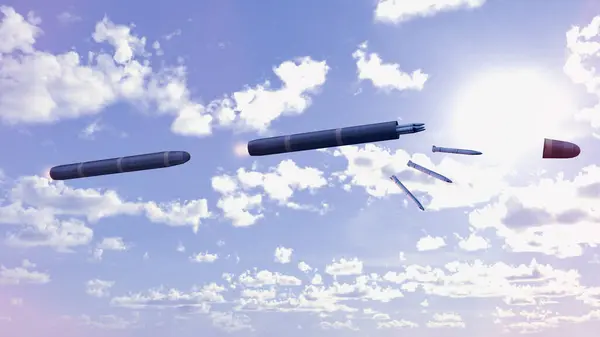
In November 2025, Russia for the first time fired an Oreshnik intermediate-range ballistic missile, a type that has never been used in combat, against Ukraine’s Dnipro region. That was a jolting reminder that this is as much a war of technological contests in the skies as it is one of territorial battles on the ground. Advanced missile systems traded by the two sides and the emergence of domestically produced long-range weapons are reshaping the strategic landscape.
From experimental hypersonic designs to the low-cost, cruise missiles made from recycled aircraft engines, both sides are reorienting their arsenals to meet the demands of sustained conflict. These are not just isolated technological achievements but also strategic signals, economic calculations, and operational innovations whose ramifications go far beyond the battlefield. The next sections explore eight of the most significant missile-related trends and technologies that define the current phase of the Russia-Ukraine war.
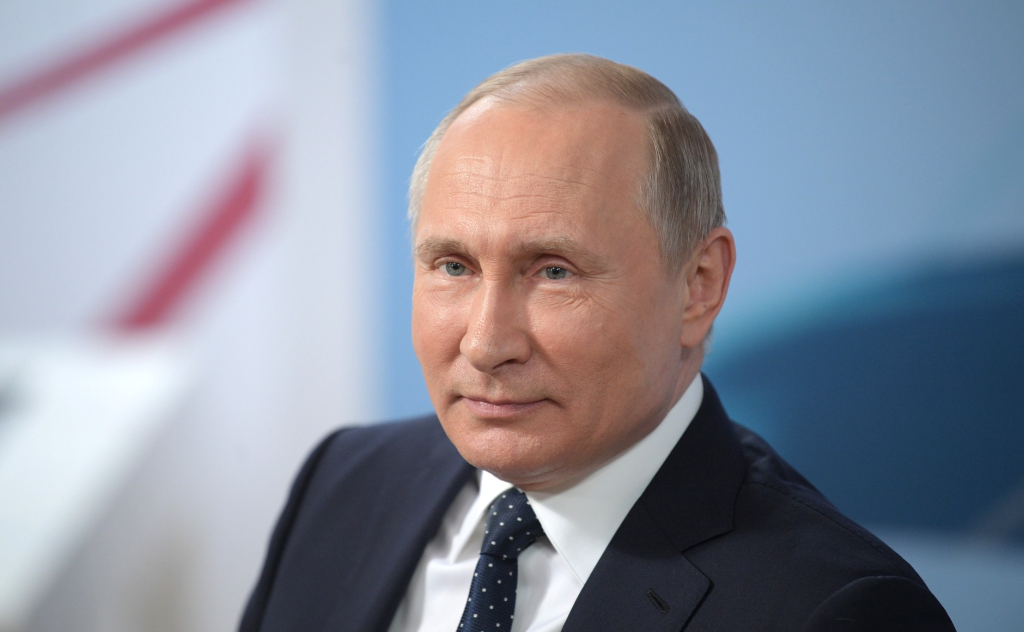
1. Russia’s Oreshnik Hypersonic Missile Debut
For the first time in combat, Russia fired the experimental intermediate-range ballistic missile Oreshnik on 21 November 2025. The President of Russia, Vladimir Putin, called the projectile “invincible” and capable of reaching speeds ten times the speed of sound; according to him, no air defenses of the West were capable of intercepting it. Carrying several warheads, nuclear-capable, the design reportedly based on the RS-26 Rubezh used a conventional payload in Dnipro. According to analysts, including Dmitry Stefanovich of the Primakov Institute, the weapon is both a horizontal and vertical escalatory tool, expanding the scope and lethality of Russia’s options. However, according to Janes, the strike produced limited structural damage, which suggests its impact was more symbolic than operational on the battlefield.

2. Strategic Signalling Over Tactical Effect
The deployment of Oreshnik was widely perceived as one of strategic messaging, rather than a decisive blow. CSIS pegged the use of the missile as a response to Ukraine’s long-range strikes with ATACMS and Storm Shadow missiles. It seemed that Russia’s objective in doing so was to deter Western support through flexing advanced capabilities. However, as noted by the experts, it has only a limited stock on hand due to testing still underway, and the high cost of hypersonic systems makes their use against targets like Dnipro economically dubious. To top it off, the attack sacrificed valuable telemetry data that would have been gathered in controlled trials, further underlining its function as political theater.
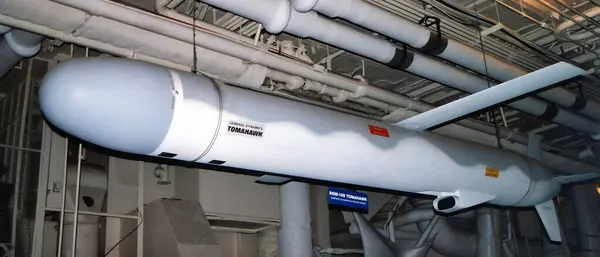
3. Ukraine’s Flamingo Long-Range Cruise Missile
One of the most ambitious additions to Ukraine’s arsenal, the FP-5 Flamingo was developed by Fire Point with a range of more than 3,000 km and a payload of 1,150 kg-nearly three times that of a Tomahawk. Constructed from carbon fiber for a very low radar signature, it uses refurbished Ivchenko AI-25TL turbofan engines recovered from aging trainer aircraft. Recovered engines were pulled out of scrap yards and restored; this allowed the company to scale from one missile produced in August to two per day by October, with the ambitious target to make seven daily, according to CTO Iryna Terekh. Capable of piercing up to 10 meters of reinforced concrete, its bunker-busting warhead reportedly features in its operational tactics, which keeps it below 50 meters altitude to evade detection.
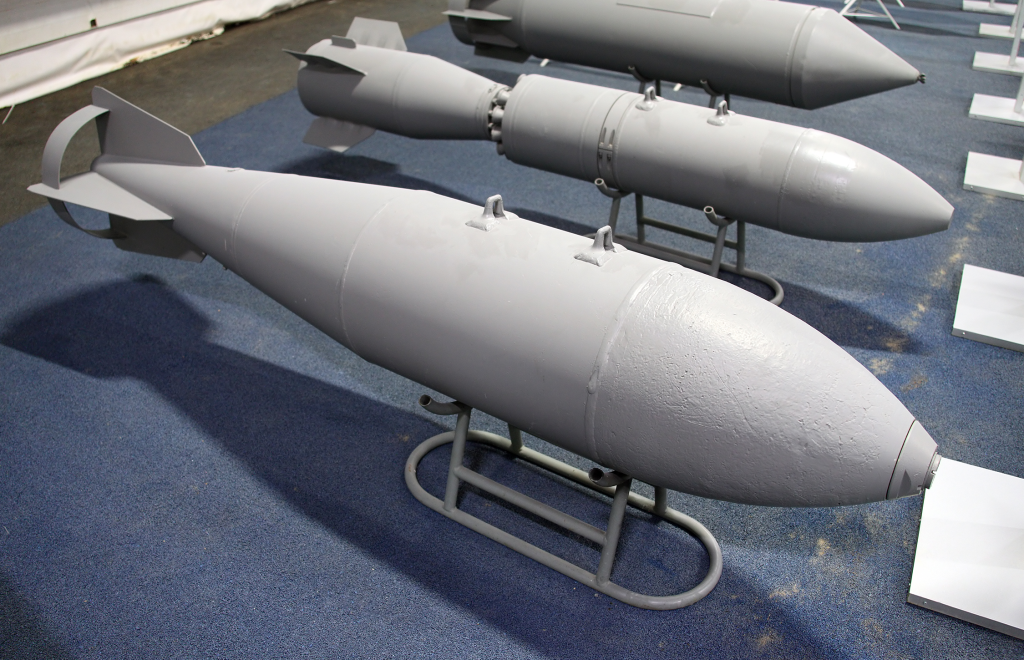
4. Economical Mass Production
Affordability and availability are paramount in the design philosophy underlying the Flamingo. By using commercial off-the-shelf components and repurposed aerial bombs, Ukraine is able to drive unit costs down to around $500,000-a fraction of the cost compared with Western equivalents. This reflects wider trends in one-way attack UAV development, extending the low-cost principle to strategic-range systems. As IISS research notes, such designs blur the boundary between cruise missiles and UAVs, with potentially worrying implications for proliferation. For Ukraine, though, the emphasis is very much on building sufficient numbers of missiles to sustain deep-strike campaigns against Russian infrastructure.
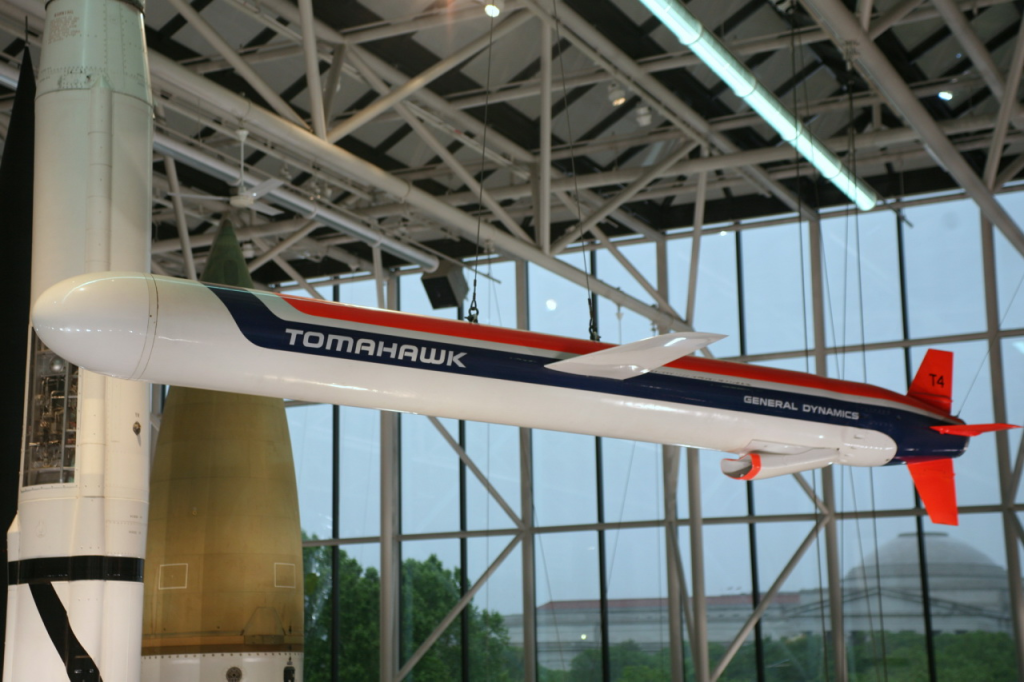
5. The Tomahawk Debate
US-made Tomahawks have been the subject of political debates as a potential game-changer for Ukraine. President Donald Trump hinted at sending “a couple thousand” to Kyiv, though analysts estimate only 20–50 could be spared without affecting Pacific priorities. At $2.2 million per missile and $6.2 million per launcher, the price is hefty, but their precision and range could enable Ukraine to target critical Russian assets like the Engels-2 Air Base or the Shahed drone factory. Russian officials, including Foreign Minister Sergey Lavrov, have warned such transfers would be a “very serious escalation,” yet Ukraine already strikes deep into Russia with existing systems.

6. Drone-missile combined strikes
The emerging Russian drone warfare includes missile salvos mixed with waves of Shahed-type UAVs. Production reached around 170 drones per day, with ambitions to achieve 400-500. New variants like Shahed-238 come fitted with turbojet engines at higher speeds; some are fitted with thermobaric warheads, making them increasingly hard to intercept. Such combined attacks seek to saturate Ukrainian air defenses with decoys and strike drones, pushing the interception rate from the earlier high of 94-97% down to as low as 82%. The economic calculus tends to be in Russia’s favor, as advanced drones can cost less than $1 million versus interceptors such as Patriot PAC-3 at $3.8 million each.
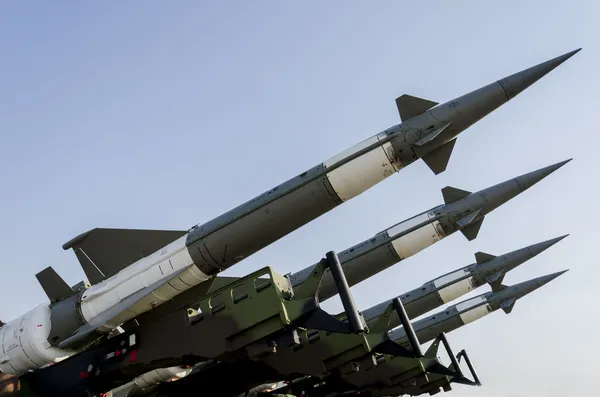
7. Air Defense Economics and Counter-Strategies
The costs of offense and defense are very asymmetrical. Ukraine needs an estimated 4,800 surface-to-air missiles a year to sustain current interception rates, putting a burden of $2.4–19.2 billion on any operator. According to experts with Norsk luftvern, high-energy lasers and microwave systems, costing as little as $13 a shot, are what are needed against mass drone and missile attacks. Mobile anti-aircraft units with interceptor drones, supported by civilian surveillance networks, are also suggested along lines laid down by Britain’s WWII Air Raid Precautions model.

8. Strategic Implications of Domestic Missile Production
The fact that Ukraine can produce the long-range missiles domestically, highlighted by HUR chief Kyrylo Budanov, cuts reliance on Western supply constraints and thus allows strikes in line with its own strategy. Analysts like Hans Petter Midttun say this forces Russia to reassess its security posture as more of its economic and military infrastructure becomes vulnerable. The Flamingo cannot replace specialized Western systems such as Taurus or Storm Shadow against hardened targets, but its range and payload increase Ukraine’s deterrence and bargaining position in any future negotiations.
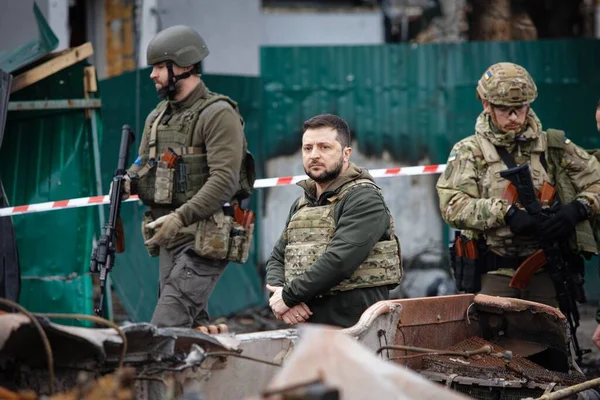
Missile developments within the Russia-Ukraine War represent a dynamic interplay between technology, strategy, and economics. Hypersonic experiments by Russia, drone saturation tactics create pressure on the West, while cost-efficient cruise missile production by Ukraine builds its deep-strike capabilities. Disputes over Tomahawks underline geopolitical stakes, while air defense innovations might foreshadow changes in the very nature of war itself. In their totality, these trends frame modern conflict, within which accelerated adaptation and scaling of sophisticated armaments occur during the rigors of protracted conflict.

